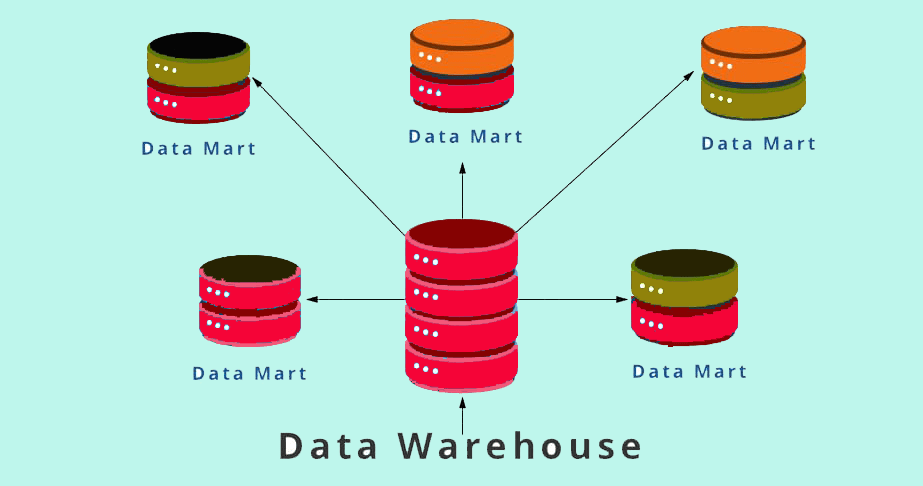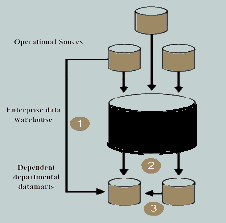Last Updated on by Sarina Sindurakar
What is Data Mart?
Data mart is subset of data warehouse oriented to particular business subject line. The data mart contains repository of summarized data collected for analysis for specific section or unit within organizations. It is controlled by only single department in organization. Data Mart usually draws a data from only few sources compared to Data Warehouse. Data Mart is small in size and are more flexible compared to Data Warehouse.

Why do we need Data Marts?
- Data Mart enhances the user access since the volume of data is reduced.
- It provides the easy access to frequently requested data.
- Data Mart are simpler to implement compared to Data warehouse .
- The cost of implementing the data mart is lower compared to full implementation of Data Warehouse.
- Data is partitioned and allows very granular access control privilege.
- Data can be segmented and stored on different hardware/software platforms.
- Datamart is agile .in case of changes in model data mart can be built quicker due to smaller size.
Types of Data Mart
There are Three type of data mart. They are:
Dependent Data Mart

The dependent mart allows to source the organization data from only single data warehouse. This is one of data mart example which offers to benefit the centralization. If you need to develop one or more physical data mart then you need to configure the dependent data mart. The dependent data mart can built in two ways. Either user can access the data from both data warehouse or data mart according to need or where access is limited to only data mart.
Independent Data Mart

Independent mart is created without using the central data warehouse. This kind of data mart is ideal for smaller groups within an organizations.
A independent data mart does not have any relationship with the enterprise data warehouse nor any other data mart. In independent data mart ,the data is input separately and its analyses are also performed autonomously.
Hybrid Data Mart

A hybrid data mart combines input from sources apart from data warehouse. This could be helpful when you want ad-hoc integration, like after a new group or product is added to the organization. It is the best data mart example suited for multiple database environment and fast implementation turnaround for any organizations. It also requires less data cleaning effort. It is flexible for smaller data centric application.
Also Read: Challenges of Data Mining














